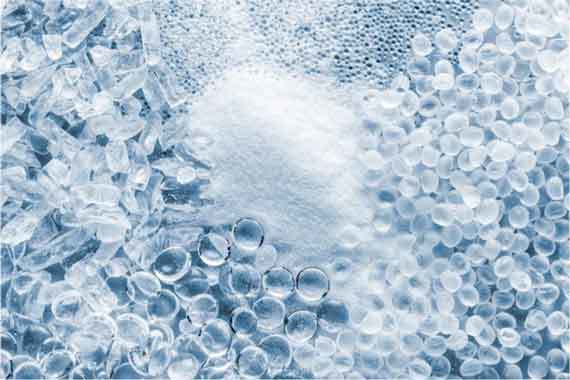More news
- Nigeria’s paint industry navigates regulatory changes and economic challenges amid p...
- Focus on the global coatings market: Global coatings market outlook
- Ask Joe Powder – October 2024
- Chinese paint majors look to domestic consumer sales as commercial real estate slumps
- Architectural coatings in Nepal and Bhutan

The Munich-based Wacker chemical company has said it is the world’s first manufacturer capable of using renewable resources to produce commercial quantities not only of dispersions based on vinyl acetate-ethylene copolymer (VAE), but also of further products based on vinyl acetate – all known by the VINNAPAS brand.
To do so, the company uses acetic acid generated as a byproduct in the woodworking industry.
TÜV SÜD, the international technical inspectorate and certification body, has certified Wacker’s biomass balance method as meeting its international CMS 71 standard.
Independent certification assures customers that Wacker has replaced the required quantities of fossil resources with an equivalent amount of renewables for its biomass-balanced products right at the start of production.
Wacker markets this innovative product class under its new VINNECO® line, encompassing all its polymer products based on renewables.
"More and more customers in construction, paints, adhesives, textiles and the paper industry value the use of renewable raw materials,” said Dr Christoph Riemer, head of the Consumer & Industrial Polymers business unit at Wacker Polymers.
He added, "We can now meet that wish with our vinyl acetate-ethylene copolymers. After all, our approach to sustainability begins right at the raw-material stage.”
In the case of Wacker’s new polymer class, the acetic acid comes from the woodworking industry.
The wood originates from sustainably managed forests that are PEFC® certified.
The bio-based acetic acid meets Wacker’s quality standards and is characterized by very high purity, very good colour compatibility and very low water content.
As a result, the bio-acetic acid’s chemical and physical behavior is identical with that of conventional, fossil acetic acid.
What’s more, mixing both types of acetic acid does not affect the end-product’s properties.
All these aspects favour the biomass balance method that Wacker uses to calculate how much VAE dispersion was produced from renewable and, thus, non-fossil raw materials.
The recently issued certificates verify that Wacker’s mass balance method for VAE production meets the criteria of TÜV SÜD’s CMS 71 standard on the traceability of renewable resources.
"We can now offer customers of VAE dispersions something comparable to the green electricity that consumers get from utilities,” said Dr Markus Busold, Strategic Marketing Director at Consumer & Industrial Polymers.
"When customers order binders based on renewables, Wacker ensures that the required amount of bio-acetic acid has entered the production loop. And that kind of acetic acid comes solely from certified producers.”
For the moment, renewable resources account for a limited share of Wacker’s global output of VAE dispersions.
All the same, the biomass balance approach is ideal for raising that share continuously.
The innovative, biomass-balanced VAE dispersions belong to Wacker’s new VINNECO® line of products based on renewables.
Alongside VAE dispersions, Wacker offers vinyl acetate homopolymer dispersions and vinyl acetate-based solid resins as biomass-balanced grades.



